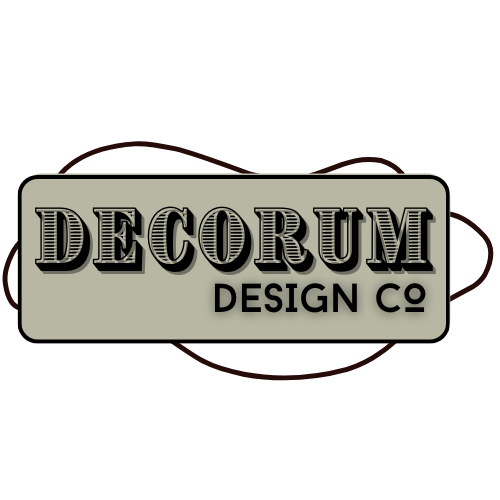Colour plays a powerful role in shaping our emotions, moods, and perceptions, making it a crucial element to consider in home design. Understanding the psychology of colour can help you create spaces that evoke the desired feelings and atmosphere. Here's how to harness the psychological effects of colour in your home design:
Warm vs. Cool Tones
Colours can be broadly categorized into warm (e.g., reds, oranges, yellows) and cool (e.g., blues, greens, purples) tones. Warm tones tend to evoke feelings of energy, warmth, and comfort, making them ideal for spaces like living rooms and dining areas where you want to promote social interaction. Cool tones, on the other hand, are calming and refreshing, making them well-suited for bedrooms and bathrooms where relaxation is key.

Neutral Foundations
Neutrals such as white, beige, and grey serve as versatile foundations in home design, allowing you to easily incorporate pops of colour through accessories, furniture, and accent walls. Neutrals create a sense of balance and flexibility, making them perfect for creating cohesive colour palettes that stand the test of time.
Colour Psychology
Different colours have distinct psychological effects. For example, blue is often associated with tranquillity and serenity, making it an excellent choice for bedrooms and meditation spaces. Green symbolizes nature and growth, making it ideal for spaces where you want to promote health and well-being, such as kitchens or home offices. Meanwhile, yellow is known for its uplifting and energizing qualities, making it suitable for areas where you want to promote creativity and productivity, like home offices or creative studios.

Accent Colours
Introducing accent colours strategically can add visual interest and personality to your space. Choose accent colours that complement your existing colour scheme and evoke the desired emotions. For instance, a pop of vibrant red can inject energy and excitement into a neutral-toned living room, while a touch of earthy green can bring a sense of harmony and balance to a space.
Personal Preference
Ultimately, your colour choices should reflect your personal preferences and lifestyle. Don't be afraid to experiment with different colour combinations and trust your instincts to create a home environment that feels authentic and inviting to you.

By incorporating the psychology of colour into your home design, you can create spaces that not only look beautiful but also evoke the desired emotions and support your overall well-being. Whether you're aiming to create a cozy retreat or a vibrant gathering space, harnessing the power of colour can help you achieve your design goals with confidence and style.

